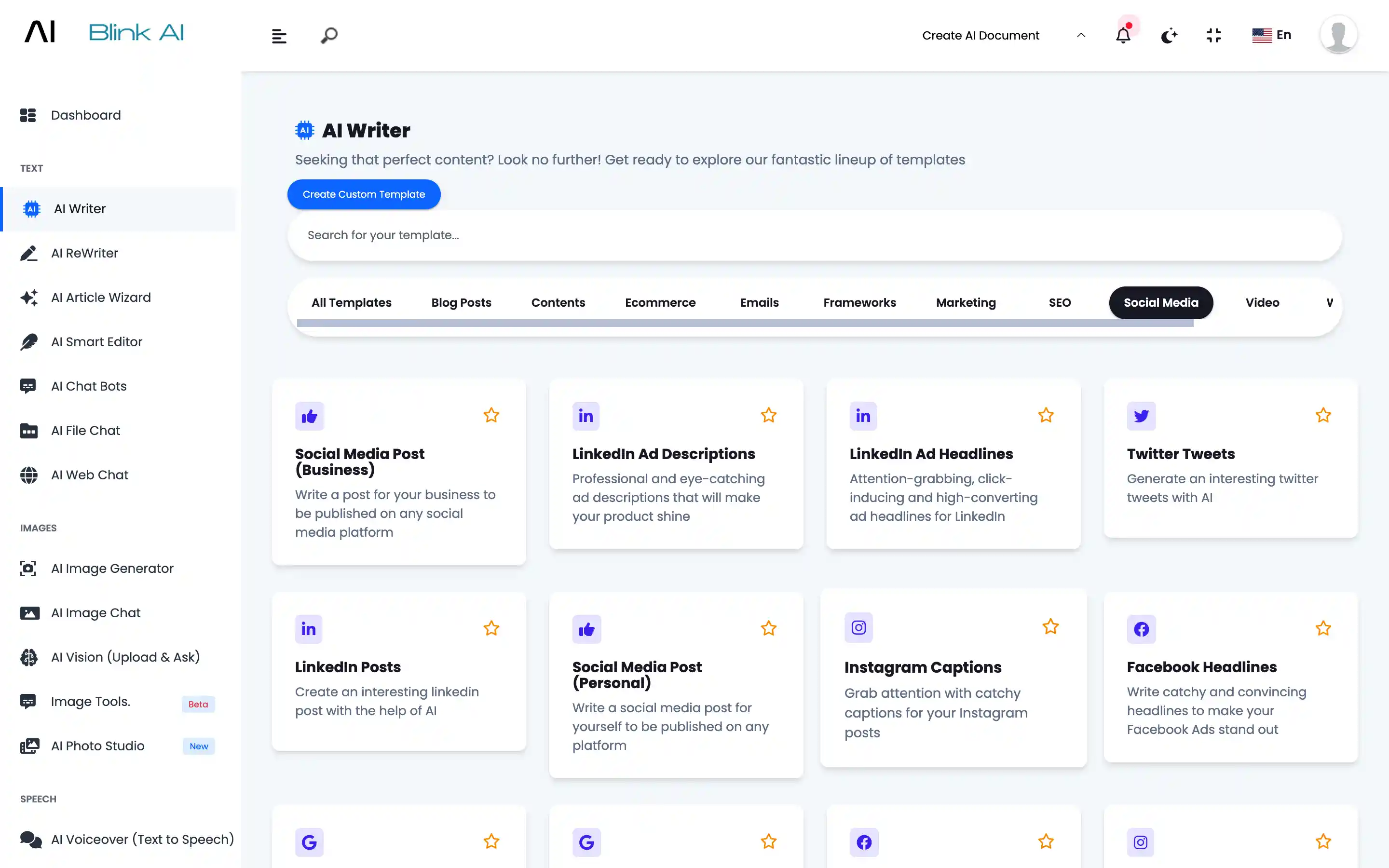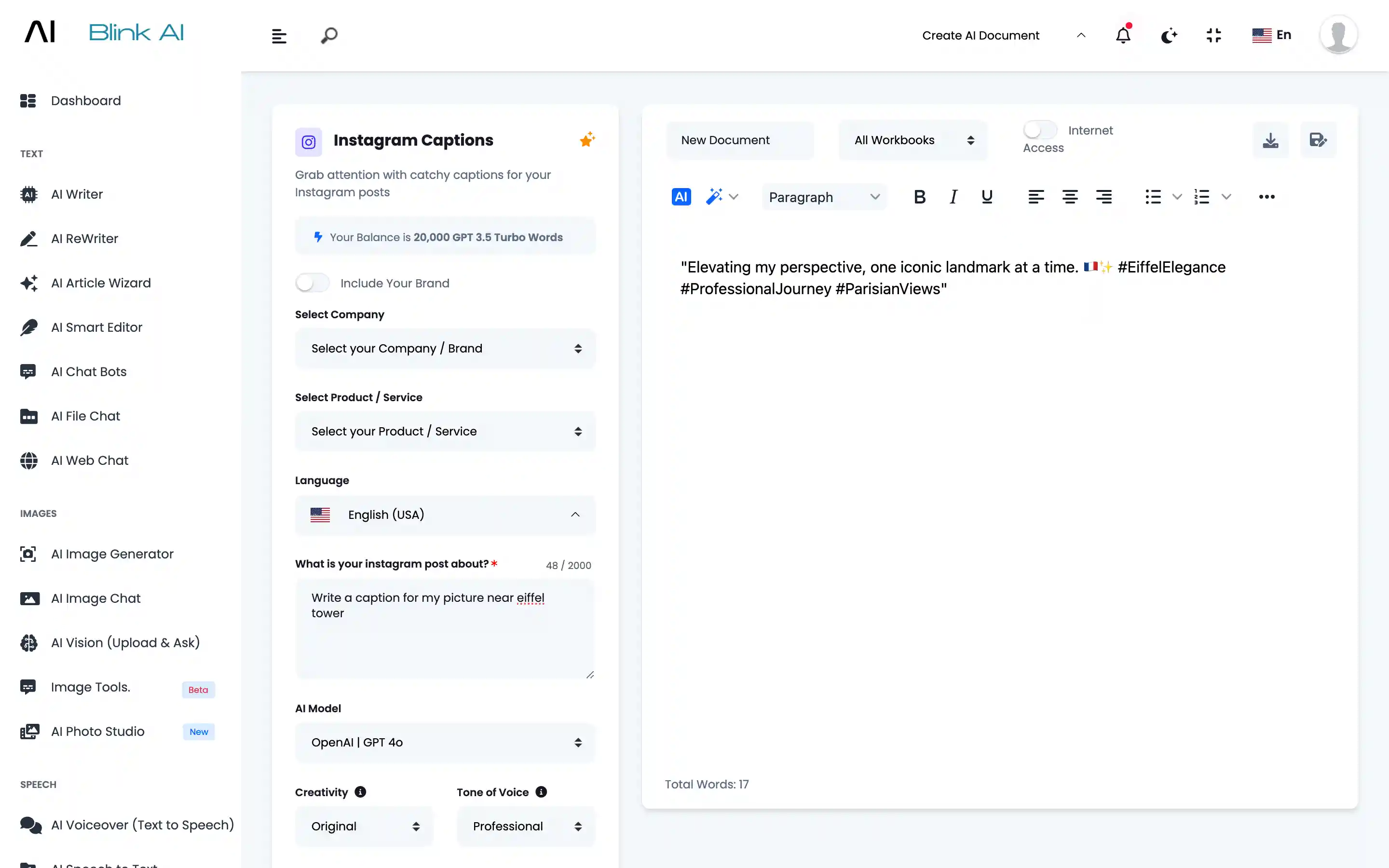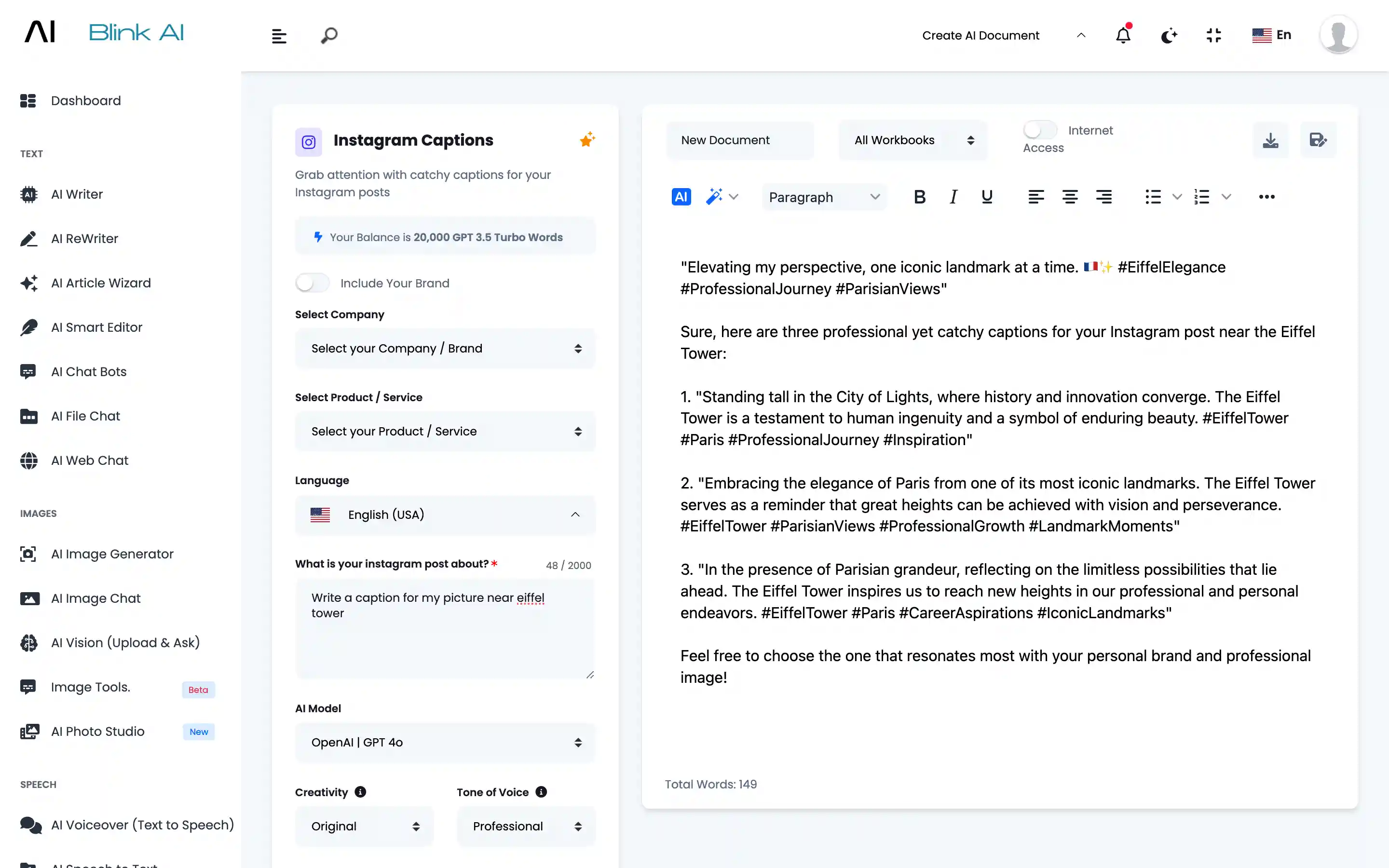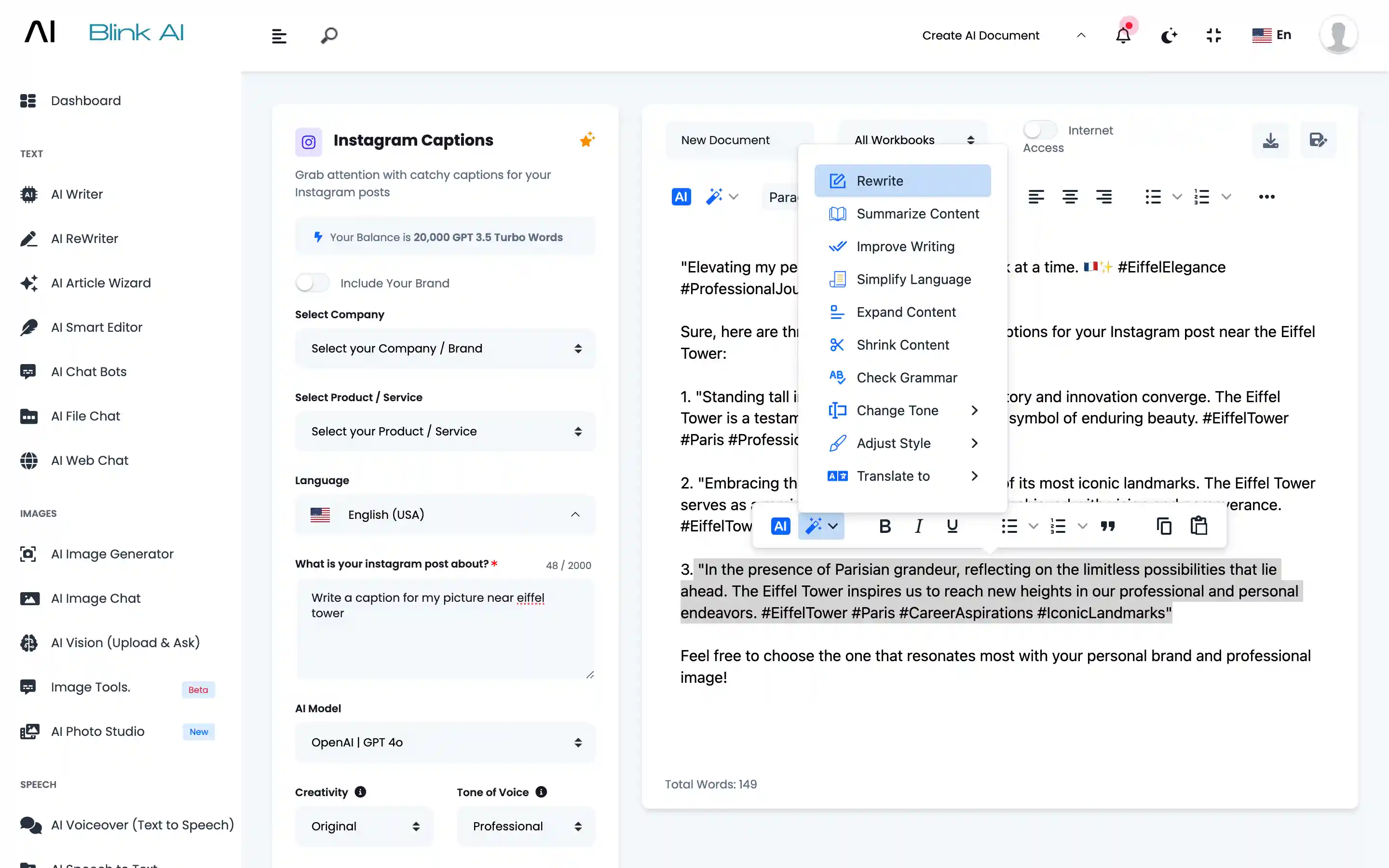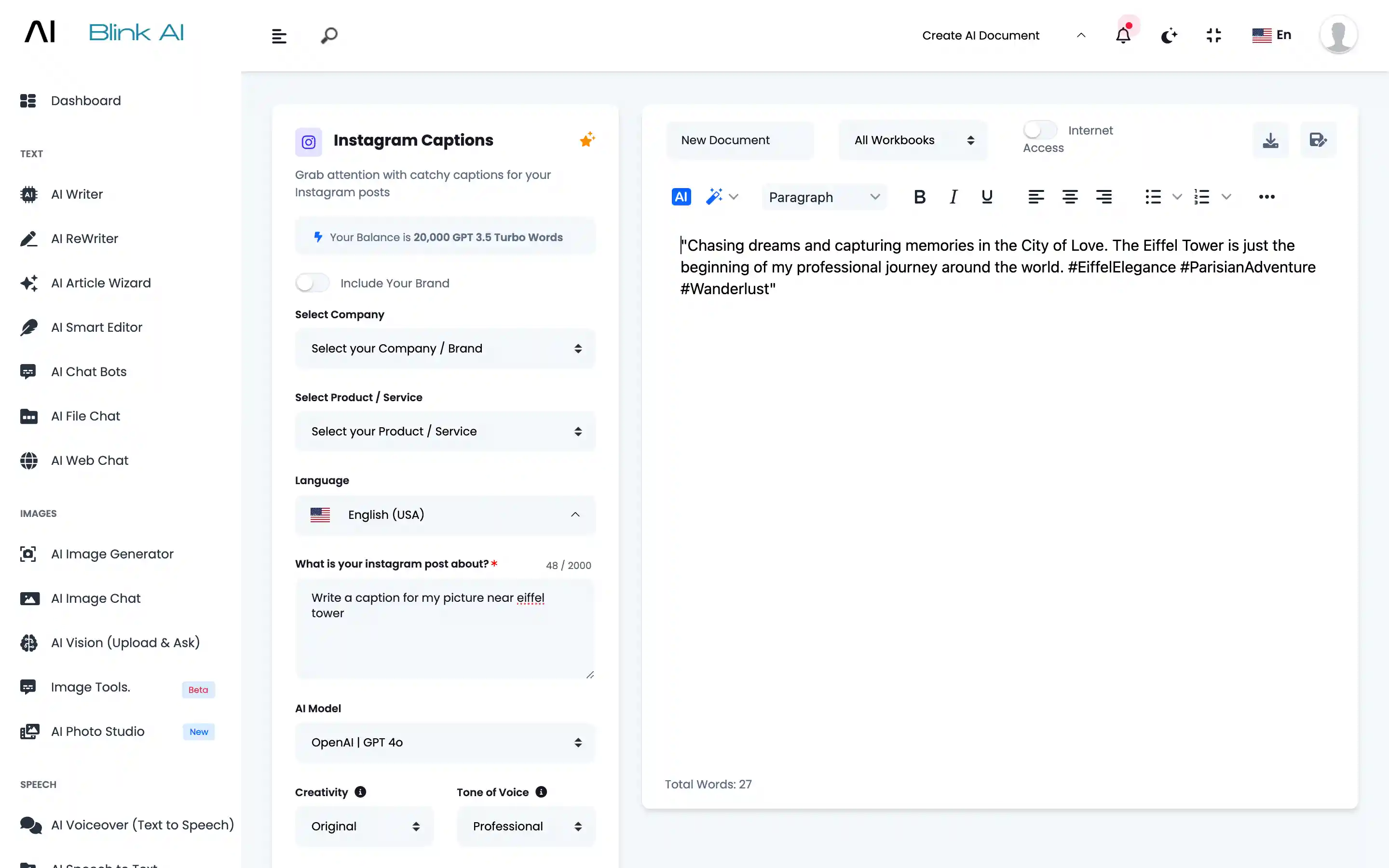Meet, BlinkAI – AI Content Generator: Text, Image, Video, Voice & Code
Problem-Agitate-Solution (PAS) Framework
One platform to generate all AI contents





AI Problem-Agitate-Solution (PAS) Framework
Generate one of most effective copywriting formula for your business
Blink AI's Problem-Agitate-Solution (PAS) Framework
About Problem-Agitate-Solution (PAS) Framework
Creating compelling content often involves understanding and addressing your audience's pain points effectively. One powerful framework for achieving this is the Problem-Agitate-Solution (PAS) framework. This approach is widely used in marketing and sales to engage potential customers by identifying their problems, agitating those issues to emphasize their significance, and then providing a clear solution. Here’s a detailed article on how the PAS framework works and why it's effective in crafting persuasive messages. In the competitive landscape of marketing and sales, capturing and maintaining your audience’s attention requires more than just listing product features or benefits. It demands understanding their pain points deeply and presenting solutions that resonate emotionally and logically. The Problem-Agitate-Solution (PAS) framework is a strategic approach designed to achieve precisely this goal, guiding you through the process of crafting compelling messages that drive action. Understanding the PAS Framework The PAS framework consists of three key components: Problem: Identify and articulate the problem your audience faces. This should be a genuine pain point that your product or service addresses. Agitate: Agitate the problem by highlighting its consequences and implications. Emphasize the pain, frustration, or challenges your audience experiences due to this problem. Solution: Present your solution as the answer to their problem. Clearly explain how your product or service resolves their pain points and improves their situation. Why Use the PAS Framework? The PAS framework is effective for several reasons: Emotional Appeal: By first acknowledging and agitating the problem, you tap into your audience’s emotions. Emotions drive decision-making, making it crucial to connect with your audience on a deeper level. Empathy and Understanding: It demonstrates empathy and understanding of your audience’s challenges, which builds trust and credibility. Clarity and Focus: It provides a clear and focused structure for crafting messages. This clarity helps in communicating your value proposition effectively. Persuasive Messaging: It encourages persuasive messaging that guides your audience towards considering and eventually choosing your solution. Implementing the PAS Framework: Step-by-Step Step 1: Identify the Problem Research: Conduct thorough research to understand your audience’s pain points. Use customer feedback, surveys, and market analysis to identify common challenges. Define the Problem: Clearly define the problem your product or service solves. It should be specific and relevant to your target audience. Step 2: Agitate the Problem Highlight Pain Points: Describe the negative consequences or frustrations associated with the problem. Use vivid language to evoke emotions and resonate with your audience. Illustrate Scenarios: Paint a picture of scenarios where the problem intensifies or causes significant issues. This helps in emphasizing the urgency of finding a solution. Step 3: Present the Solution Introduce Your Solution: Clearly introduce your product or service as the solution to their problem. Highlight its key features and benefits. Benefits Over Features: Focus on how your solution resolves their pain points and improves their situation. Explain why your solution is better than alternatives. Call to Action: Encourage your audience to take action. Whether it’s signing up for a demo, making a purchase, or contacting your sales team, provide a clear call to action that guides them towards the next step. Examples of PAS Framework in Action Example 1: Problem: Are you struggling to manage your team’s productivity effectively? Agitate: Missed deadlines, lack of collaboration, and inefficient workflows are costing your business time and money. Solution: Our project management software streamlines task assignments, improves collaboration, and boosts productivity by 30%. Start your free trial today. Example 2: Problem: Tired of spending hours on household cleaning with mediocre results? Agitate: Dust buildup, stubborn stains, and wasted weekends leave you frustrated and drained. Solution: Our advanced cleaning solution eliminates tough stains, saves time, and ensures a sparkling clean home every time. Discover the difference today. Conclusion The Problem-Agitate-Solution (PAS) framework is a powerful tool for crafting persuasive messages that resonate with your audience. By empathetically addressing their pain points, emphasizing their significance, and presenting your solution as the answer, you can effectively engage and convert potential customers. Incorporate the PAS framework into your marketing and sales strategies to create compelling content that drives results and builds lasting relationships with your audience.
Problem-Agitate-Solution (PAS) Framework: Engaging Your Audience Effectively
Steps for AI Writing
Start Writing Content in 3 Easy Steps
1
Step 1
AI Writer Section
Go to AI Writer section and select a template
2
Step 2
Details
Provide brief details about your requirement
3
Step 3
Generate
Generate, amend and save content
Discover AI Writer
How To Use Blink AI's AI Writer for Content Creation
Go to AI Writer Section
Choose from 70+ AI Writing Templates or Create your Own Template
Describe
You can provide details like what is the exact requirement. How many outputs you want. Which AI model you want to use.
Generate
Content will be generated based on your input.
Amend
Select the content you want to amend. Click on the Magic Wand to amend Generated Content.
Fresh Output
Fresh output will be generated. You can save it in Workbooks.
